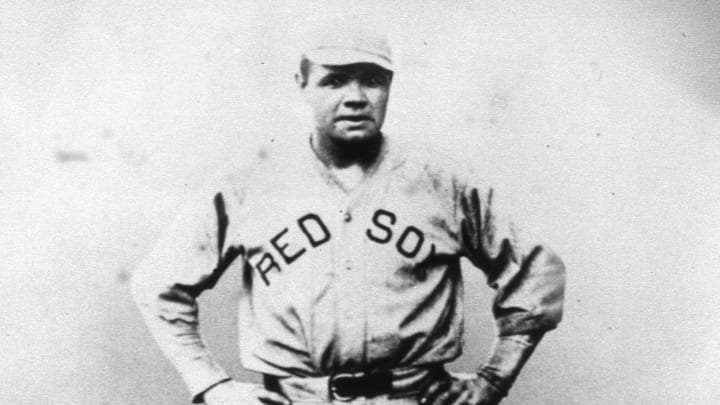8) Worst Red Sox trade: Eric Gagne from the Rangers
Eric Gagne is only remembered for his success with the Los Angeles Dodgers. His 2003 season is one of the best a closer has ever had. If you weren’t paying attention in 2007, you probably forget all about his disastrous stint with the Red Sox.
Gagne began the 2007 season with the Texas Rangers pitching at a dominant level. He had missed most of the previous two seasons due to injury. Hoping to recapture his three magical seasons from 2002-2004, he found a new temporary home.
July 31, 2007, is the day when the Red Sox made the trade for Gagne. The price was Engel Beltre, Kason Gabbard, and David Murphy. Only Murphy had a lot of success with the Rangers. In parts of seven seasons in Texas he slashed .275/.337/.440 as their starting left fielder.
What made this a bad deal for Boston was the way Gagne pitched. In 18.2 innings spanning 20 appearances, Gagne was 2-2 with a 6.75 ERA. He got roughed up in the ALDS and ALCS, even taking a loss in the latter. Gagne ended up appearing in only one inning during the 2007 World Series which the Red Sox were able to win. The trade didn’t end up holding the Red Sox back from winning and yet it’s a memorably bad one.
